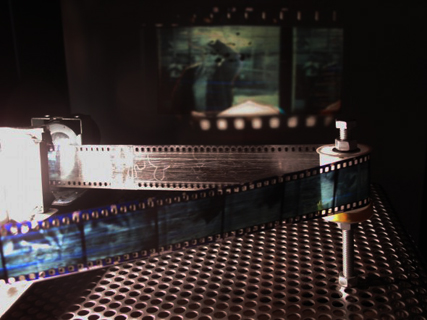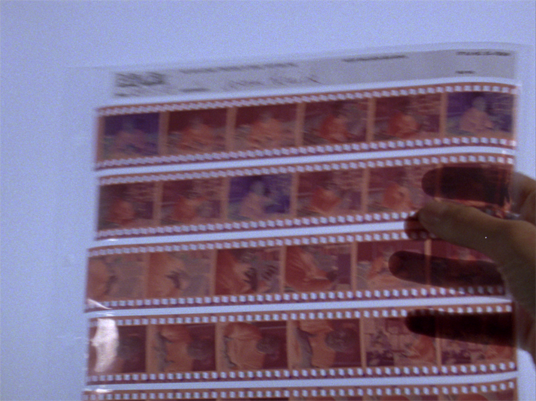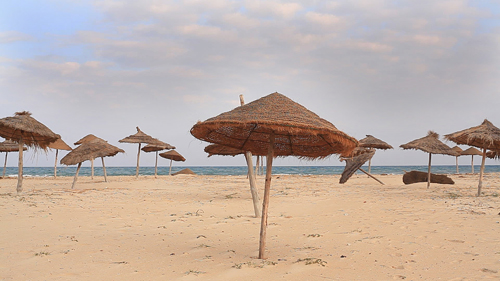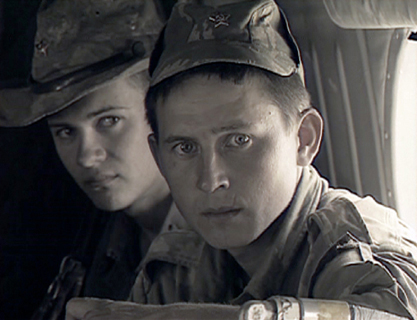
In a time when YouTube videos compete for the longest duration, digital technologies have erased all restrictions in regards to the length of filming and the term “slow cinema” has gradually gained acceptance in film jargon, traditional film exhibitors remain obstinately attached to conventional formats. There is no mercy for film works that exceed the three-hour limit: they are doomed to a straight-to-video career (or rather, straight-to-internet). That is, if they don’t find a place as a series on a generous television channel. And yet film history is full of examples of epic cinematographic works that have dared to take all the time they need. Take Jacques Rivette’s 12-hour-long Out 1 (1971), for a long time considered the most “invisible” (because “unscreenable”) masterpiece of contemporary cinema. Or Hans-Jürgen Syberberg’s acclaimed Hitler – ein Film aus Deutschland (1977, 430’), which the late Susan Sontag once described as one of the biggest art works of the 20th century; or yet another example: Patricio Guzmán’s chronicle of the socialist revolution in Chile, La Batalla de Chile (1979, 270’), without a doubt a monument of political cinema. The list is endless; just recently the eXtra Long works of Lav Diaz, Wang Bing and Olivier Assayas have left an indelible impression. Courtisane and KASKcinema have decided to join forces in order to offer a unique opportunity to see these and many other works as they should be seen, on the big screen, in their full length. Every first Wednesday of the month. Bring a snack, we will provide the coffee!
——————————————————————————————————————————————————————-
WED 5 October 2011, 18:00. KASKcinema, Gent

Alexander Sokurov
Spiritual Voices (From the war diaries)
RU, 1995, colour, stereo, 328’
“The border between Tajikistan and Afghanistan , 1994: at the very moment when the Russian campaign in Chechnya was in full swing and was shown every day on state television, Alexander Sokurov joined a border patrol in the newly independent Tajikistan . The war with Afghanistan was officially over, but the Taliban regularly carry out provocative actions against the Russian border post. This marginal war provides the material for a journal, not in the sense of an up-to-date news report, but rather a timeless diary containing the personal impressions of one of Russia ‘s greatest filmmakers. Dream images from a no man’s land far from home”. (Pieter van Bogaert)
“…We began to make our film in summer, then came again in winter. We worked in the places, where war is daily routine, where the state of war is not a sudden attack, but the normal life itself. Namely — fighting operations on the border between Tadjikistan and Afghanistan. Sometimes it were many days of troubled waiting. Sometimes battle: assault or repulse of it. But always there were victims, and always there was parting from the relatives and friends. And always anguish and abandonment. Proceeding from the idea of my home country, which I have formed, Russia is a land permanently waging war, and people here are formed always ready to go to war. Our national heroes are peoples who took part in war — not those who created something unusual, sitting and working peacefully. Russia is hardly HGH imaginable for me without those convulsions of war, without this military trembling.”
— Alexander Sokurov
——————————————————————————————————————————————————————-
WED 2 November 2011, 18:00. KASKcinema, Gent
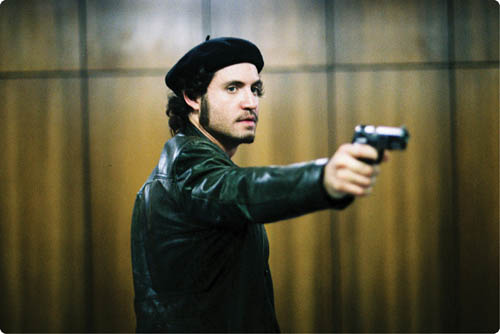
Olivier Assayas
Carlos (full version)
FR, 2010, colour, stereo, 338’
“The film tracks the rise and fall of Ilich Ramírez Sánchez, better known as ‘Carlos the Jackal,’ a terrorist active during the 1970s and 1980s. Venezuelan-born, educated in Moscow, an instrumental figure in a number of militant leftist causes and later a mercenary-for-hire working from behind the Iron Curtain, Carlos, as Edgar Ramírez portrays him, is a dizzying, media-savvy, shape-shifting blur, as much a product of the Cold War politics as one of its most visible agents. (…) While the film ostensibly focuses on the exploits of the enigmatic man at its center, it’s arguably more concerned with the dramatically shifting world around him, and more broadly the reorganization of European leftism after the heady days of May 1968, the disintegration of unified international struggle, and the way that generation, which is also Assayas’s, grappled with the revolution that never came.” (Genevieve Yue)
“I know the general audiences would prefer a shorter cut. The thing is that a five-and-a-half hour film is located within a very specific cinematic space. In terms of style and narration, it allows me to go into areas that are completely new for me. It’s a much more satisfying reflection on cinema and the power of cinema. It shows how you can deal simultaneously with small and big issues – small issues being the fate of one man and big issues being the geopolitics of a period. This kind of scope isn’t really possible in a shorter version.”
— Olivier Assayas
——————————————————————————————————————————————————————-
WED 7 December 2011, 18:00. KASKcinema, Gent
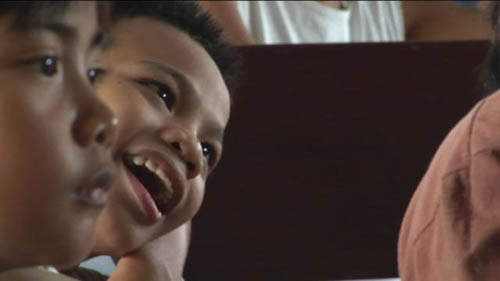
John Gianvito
Vapor Trail (Clark)
US, 2010, colour, stereo, 264’
“Vapor Trail (Clark) examines the tragic legacy of environmental disaster left by the United States at the site of the Clark Air Base in the Philippines. The length of Gianvito’s film (four and a half hours, nearly) enables him to characterise the Clark disaster as a direct consequence, and an inseparable part, of the history of US imperialism – without reducing it to a mere example (since the film explores, very fully, the personal tragedies of the victims and the passion and the dedication of the activists fighting for the clean-up of the Clark site). (…) To explore the disaster at such length and in such detail is to overcome two typical effects of documentaries on the sufferings of the powerless: on the one hand, a wallowing-in-misery syndrome that arouses predictable feelings without leading to any insight; on the other, a quickly dissipated rush of outrage that serves as quick gratification for the politically liberal viewer.” (Chris Fujiwara). Gianvito is currently editing a companion work, Vapor Trail (Subic), which examines the effects of the Subic Naval Base, also located in the Philippines.
“There must be two Americas: one that sets the captive free, and one that takes a once-captive’s new freedom away from him, and picks a quarrel with him with nothing to found it on; then kills him to get his land”.
—Mark Twain
